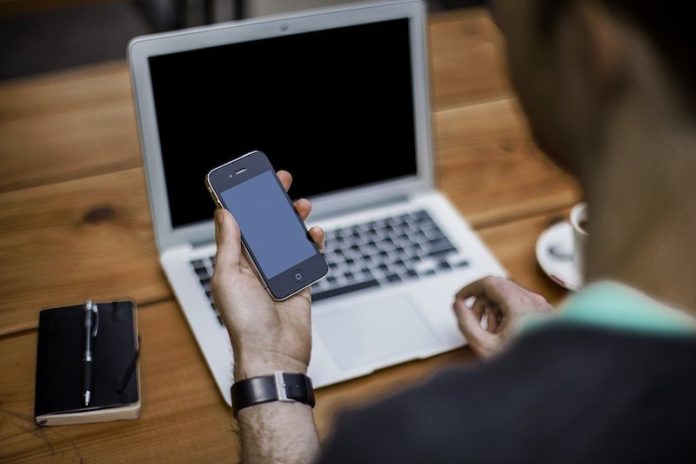
Surfaces contaminated with SARS-CoV-2, the virus that causes COVID-19, pose a grave threat to the safety of healthcare workers, patients, frontline responders, military service members, cruise line passengers, hotel guests and people everywhere.
In a new study, researchers report the effectiveness of a broad spectrum, pulsed xenon ultraviolet (PX-UV) disinfection system in quickly deactivating SARS-CoV-2 on surfaces, and the implications for reducing the risk of COVID-19 transmission everywhere that people work, travel, play and live.
The research was conducted by a team from the Central Texas Veterans Healthcare System and elsewhere.
The team says deactivating SARS-CoV-2 on surfaces is a critical and necessary step to protect people now and in the future, as businesses reopen and people get back to work.
They convened an informal panel of some of the world’s leading experts on infectious disease to help us put the recent Texas Biomed study in context.
They studied the role of the environment in the transmission of COVID-19 and evaluated the efficacy of pulsed xenon UV in reducing the risk of transmission.
There is so much misinformation about how to adequately decontaminate rooms and spaces so people can feel safe in hospitals and nursing homes, when they travel and to get back to work safely, so the goal was to educate people about the importance of disinfection to avoid the spread of COVID-19.
After studying results from the Texas Biomedical Research Institute that showed pulsed xenon UV light can deactivate SARS-CoV-2 from surfaces in two minutes, the team evaluated the potential for reducing the environmental risk of COVID-19 transmission.
The LightStrike™ pulsed xenon disinfection robot is the first ultraviolet (UV) disinfection technology proven to deactivate the actual SARS-CoV-2 (Severe Acute Respiratory Syndrome coronavirus 2).
The LightStrike disinfection robot destroyed SARS-CoV-2, which is the virus that causes COVID-19, in two minutes achieving a four-log (99.99%) reduction in that time.
Testing was performed at the Texas Biomedical Research Institute, one of the world’s leading independent research institutes working exclusively on infectious diseases.
Unlike most single spectrum low-intensity UV (UVGI) devices, Xenex Germ-Zapping Robots™ uses a xenon lamp to generate bursts of high intensity, full germicidal spectrum (200-315nm) UVC light that is more intense than sunlight.
Different pathogens are susceptible to UVC light at different wavelengths.
With full germicidal spectrum light, Xenex LightStrike robots quickly deactivate viruses, bacteria, and spores where they are most vulnerable without damaging hospital materials or equipment.
The lead author of the study is Sarah Simmons.
The study is published on medRxiv.
Copyright © 2020 Knowridge Science Report. All rights reserved.



